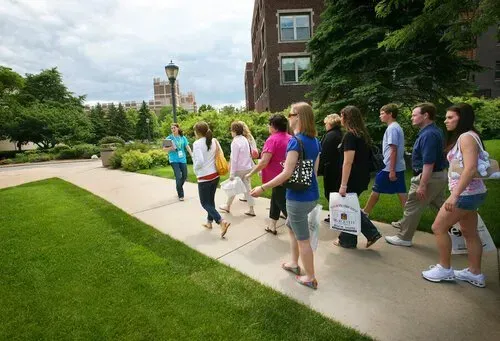The Kiva Concept
Introducing the most promising and valuable concept to hit scientific research, maybe ever!
Guess what? The Kiva concept works right here in the US of A. Cindy Wu, a recent University of Washington grad has successfully united undergrad scientific research with the Kiva concept (see below for the Wiki definition). Kind of a big deal in that she had been part of an award-winning undergrad team that had created an enzyme to treat anthrax by “stripping away a coating that prevented the immune system from recognizing the bacteria as a threat; now she wanted to use the same enzyme to target the same coating on staph bacteria.”
Wu inquired regarding funding for the research and was shut down. Can’t happen, she was told because you’re 22, you don’t have a Ph.D. and you don’t want more than $25,000. DOA, thanks to the government’s formula for science funding. “A simple experiment, with potentially far reaching consequences (hospitals are stalked by staph bacteria) suddenly became impossibly challenging – for all the wrong reasons.
Two of my daughters are science majors, they represent the “S” in STEM. They are passionate about their studies and desire to make the world a better place through science. Science aims to answer the question, “How does this work?; the conceptual translation of science is to achieve a goal. It may not be glamorous, but by God, it’s worthy. Up until now, there has been a lot of “No”, you can’t. Ms. Wu has drastically and permanently changed this antiquated landscape. Ms. Wu has launched a game changer.
Kiva Microfunds (commonly known by its domain name, Kiva.org ) is a 501(c)(3) non-profit organization [2] that allows people to lend money via the Internet to low-income / under served entrepreneurs and students in 86 countries. Kiva's mission is “to connect people through lending to alleviate poverty.” [3]











